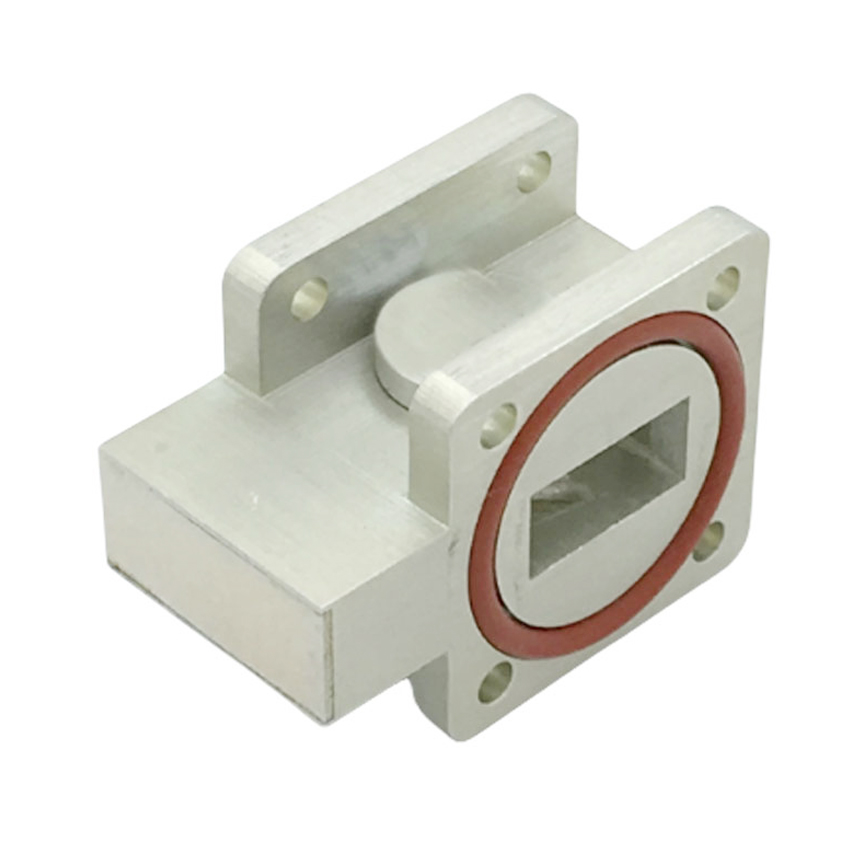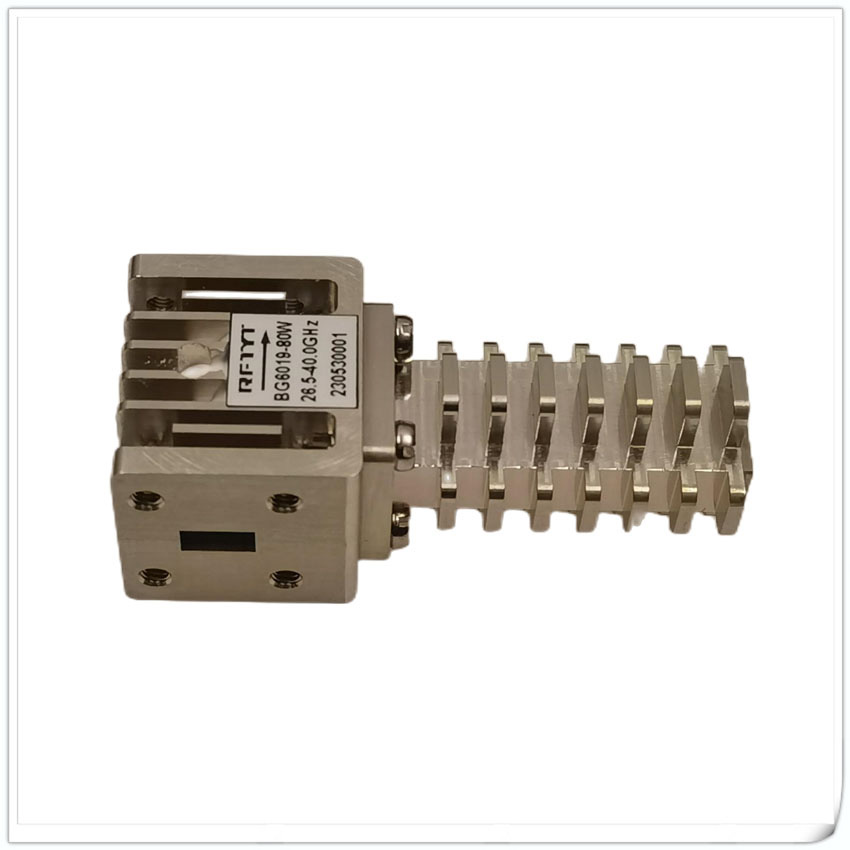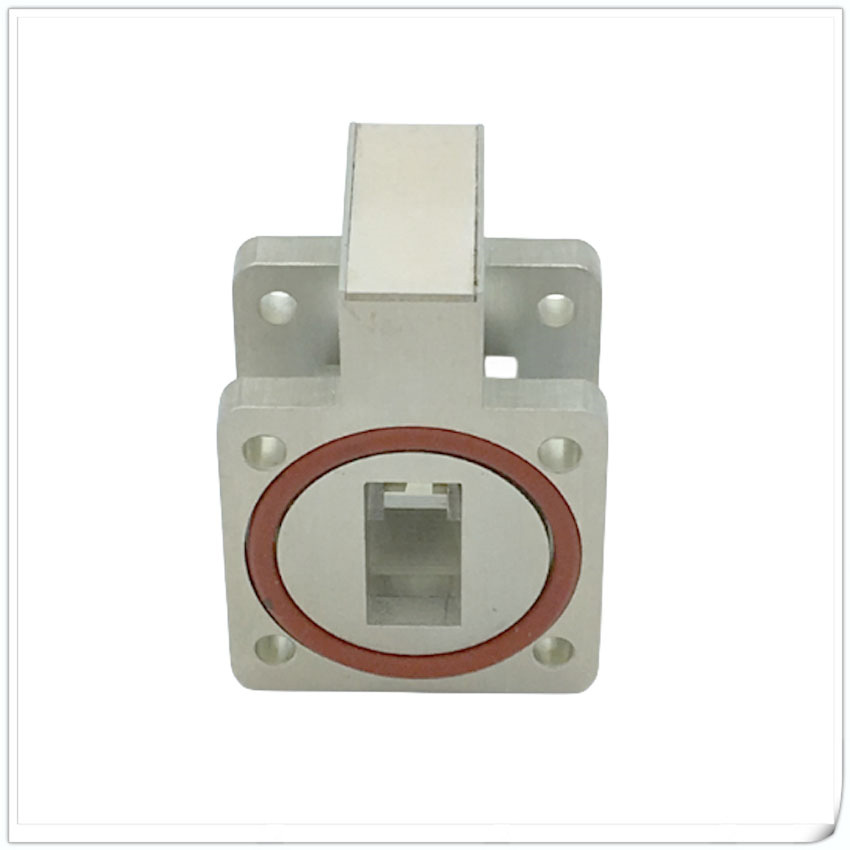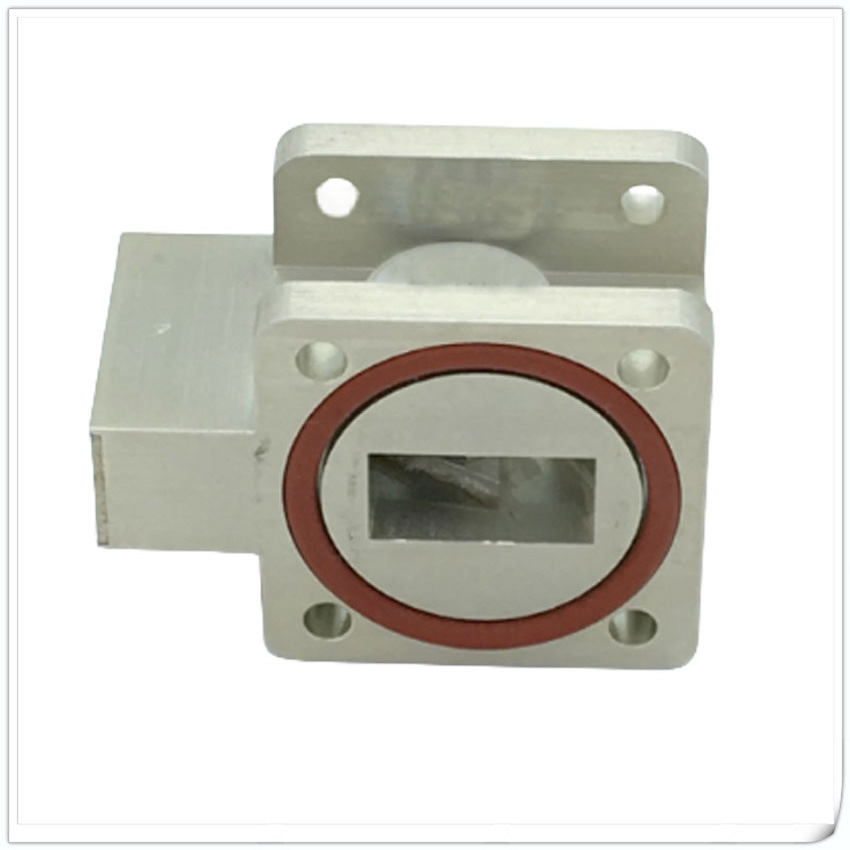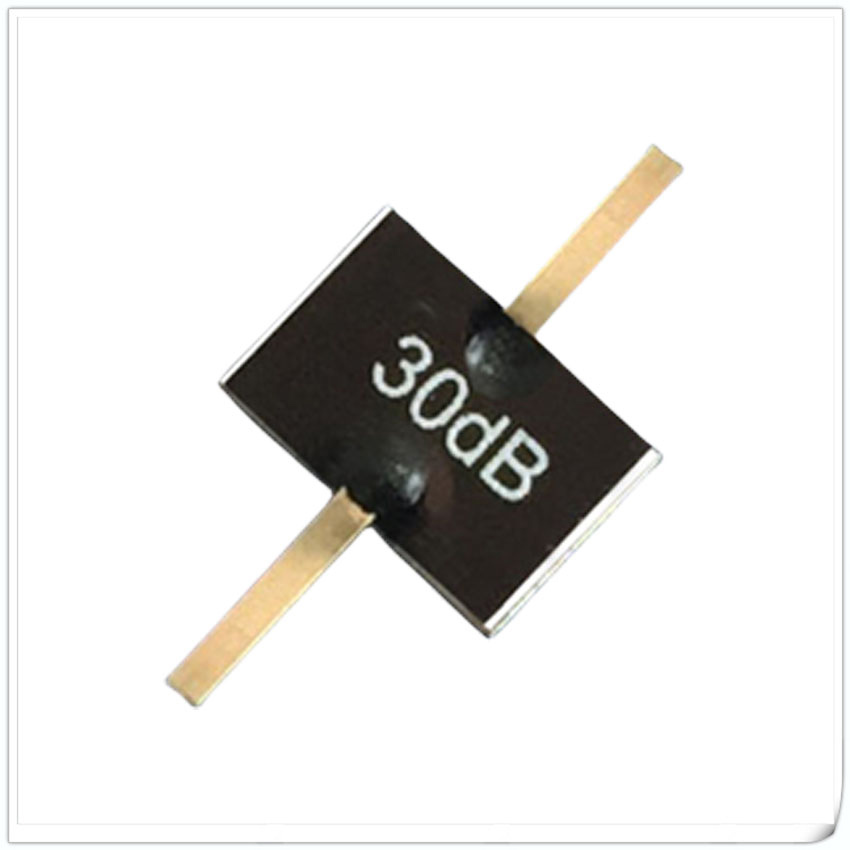
Products
Waveguide Isolator
Data Sheet
| RFTYT 4.0-46.0G Waveguide Isolator Specification | |||||||||
| Model | Frequency Range (GHz) | Bandwidth (MHz) | Insert loss (dB) | Isolation (dB) | VSWR | Dimension W×L×Hmm | Waveguide Mode | ||
| BG8920-WR187 | 4.0-6.0 | 20% | 0.3 | 20 | 1.2 | 200 | 88.9 | 63.5 | WR187 PDF |
| BG6816-WR137 | 5.4-8.0 | 20% | 0.3 | 23 | 1.2 | 160 | 68.3 | 49.2 | WR137 PDF |
| BG5010-WR137 | 6.8-7.5 | Full | 0.3 | 20 | 1.25 | 100 | 50 | 49.2 | WR137 PDF |
| BG6658-WR112 | 7.9-8.5 | Full | 0.2 | 20 | 1.2 | 66.6 | 58.8 | 34.9 | WR112 PDF |
| BG3676-WR112 | 7.0-10.0 | 10% | 0.3 | 23 | 1.2 | 76 | 36 | 48 | WR112 PDF |
| 7.4-8.5 | Full | 0.3 | 23 | 1.2 | 76 | 36 | 48 | WR112 PDF | |
| 7.9-8.5 | Full | 0.25 | 25 | 1.15 | 76 | 36 | 48 | WR112 PDF | |
| BG2851-WR90 | 8.0-12.4 | 5% | 0.3 | 23 | 1.2 | 51 | 28 | 42 | WR90 PDF |
| 8.0-12.4 | 10% | 0.4 | 20 | 1.2 | 51 | 28 | 42 | WR90 PDF | |
| BG4457-WR75 | 10.0-15.0 | 500 | 0.3 | 23 | 1.2 | 57.1 | 44.5 | 38.1 | WR75 PDF |
| 10.7-12.8 | Full | 0.25 | 25 | 1.15 | 57.1 | 44.5 | 38.1 | WR75 PDF | |
| 10.0-13.0 | Full | 0.40 | 20 | 1.25 | 57.1 | 44.5 | 38.1 | WR75 PDF | |
| BG2552-WR75 | 10.0-15.0 | 5% | 0.25 | 25 | 1.15 | 52 | 25 | 38 | WR75 PDF |
| 10% | 0.3 | 23 | 1.2 | ||||||
| BG2151-WR62 | 12.0-18.0 | 5% | 0.3 | 25 | 1.15 | 51 | 21 | 33 | WR62 PDF |
| 10% | 0.3 | 23 | 1.2 | ||||||
| BG1348-WR90 | 8.0-12.4 | 200 | 0.3 | 25 | 1.2 | 48.5 | 12.7 | 42 | WR90 PDF |
| 300 | 0.4 | 23 | 1.25 | ||||||
| BG1343-WR75 | 10.0-15.0 | 300 | 0.4 | 23 | 1.2 | 43 | 12.7 | 38 | WR75 PDF |
| BG1338-WR62 | 12.0-18.0 | 300 | 0.3 | 23 | 1.2 | 38.3 | 12.7 | 33.3 | WR62 PDF |
| 500 | 0.4 | 20 | 1.2 | ||||||
| BG4080-WR75 | 13.7-14.7 | Full | 0.25 | 20 | 1.2 | 80 | 40 | 38 | WR75 PDF |
| BG1034-WR140 | 13.9-14.3 | Full | 0.5 | 21 | 1.2 | 33.9 | 10 | 23 | WR140 PDF |
| BG3838-WR140 | 15.0-18.0 | Full | 0.4 | 20 | 1.25 | 38 | 38 | 33 | WR140 PDF |
| BG2660-WR28 | 26.5-31.5 | Full | 0.4 | 20 | 1.25 | 59.9 | 25.9 | 22.5 | WR28 PDF |
| 26.5-40.0 | Full | 0.45 | 16 | 1.4 | 59.9 | 25.9 | 22.5 | ||
| BG1635-WR28 | 34.0-36.0 | Full | 0.25 | 18 | 1.3 | 35 | 16 | 19.1 | WR28 PDF |
| BG3070-WR22 | 43.0-46.0 | Full | 0.5 | 20 | 1.2 | 70 | 30 | 28.6 | WR22 PDF |
Overview
The working principle of waveguide isolators is based on asymmetric transmission of magnetic fields. When a signal enters the waveguide transmission line from one direction, magnetic materials will guide the signal to transmit in the other direction. Due to the fact that magnetic materials only act on signals in a specific direction, waveguide isolators can achieve unidirectional transmission of signals. Meanwhile, due to the special properties of the waveguide structure and the influence of magnetic materials, the waveguide isolator can achieve high isolation and prevent signal reflection and interference.
Waveguide isolators have multiple advantages. Firstly, it has low insertion loss and can reduce signal attenuation and energy loss. Secondly, waveguide isolators have high isolation, which can effectively separate input and output signals and avoid interference. In addition, waveguide isolators have broadband characteristics and can support a wide range of frequency and bandwidth requirements. Also, waveguide isolators are resistant to high power and suitable for high-power applications.
Waveguide isolators are widely used in various RF and microwave systems. In communication systems, waveguide isolators are used to isolate signals between transmitting and receiving devices, preventing echoes and interference. In radar and antenna systems, waveguide isolators are used to prevent signal reflection and interference, improving system performance. In addition, waveguide isolators can also be used for testing and measurement applications, for signal analysis and research in the laboratory.
When selecting and using waveguide isolators, it is necessary to consider some important parameters. This includes the operating frequency range, which requires selecting a suitable frequency range; Isolation degree, ensuring good isolation effect; Insertion loss, try to choose low loss devices; Power processing capability to meet the power requirements of the system. According to specific application requirements, different types and specifications of waveguide isolators can be selected.

